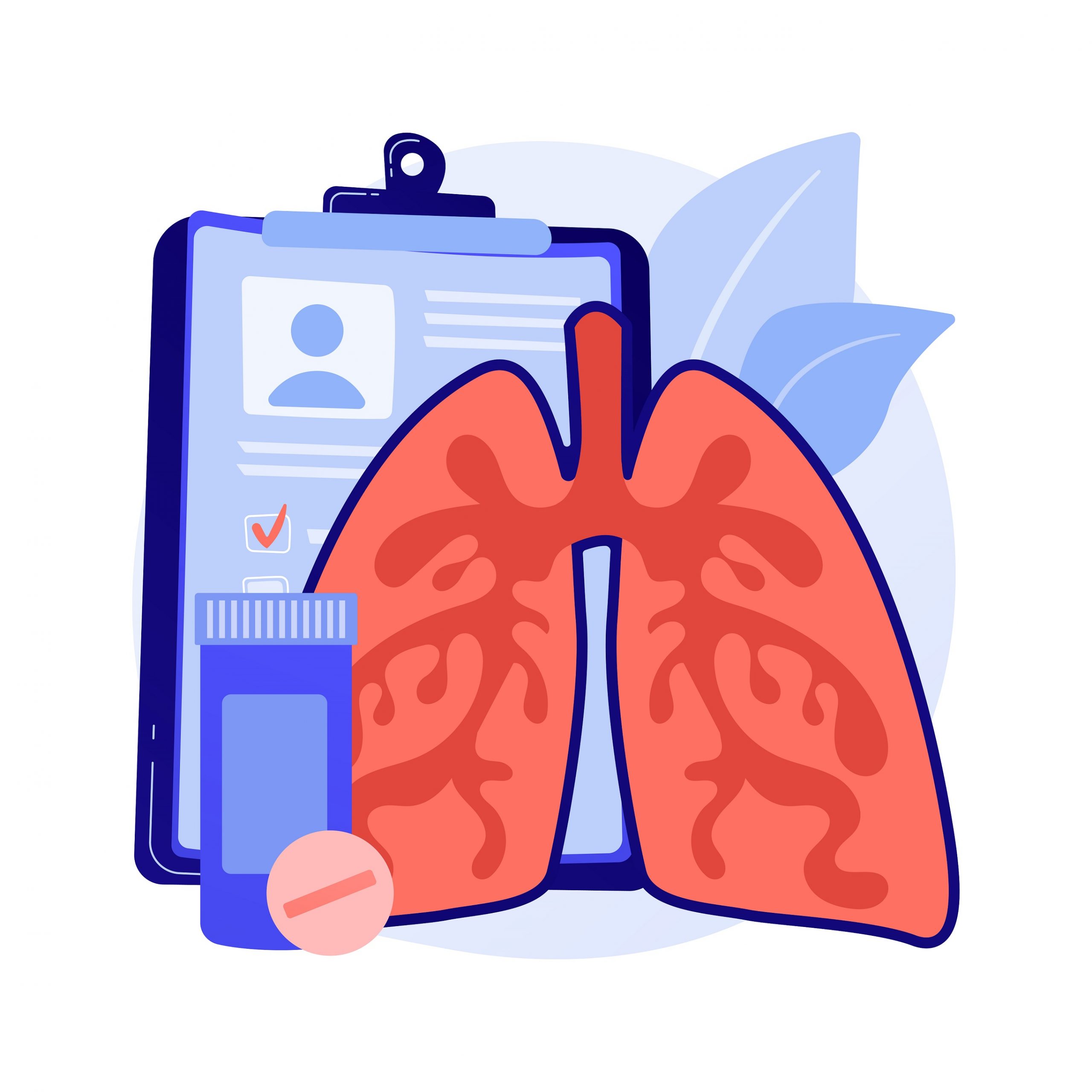Chronic Obstructive Pulmonary Disease (COPD) is a progressive lung disease characterized by difficulty breathing, chronic cough, and mucus production. It is primarily caused by long-term exposure to harmful particles and gases. One of the significant risk factors for developing COPD is air pollution, which exacerbates both the incidence and severity of the disease.
1. How Air Pollution Affects COPD
Air pollution, particularly in urban environments, contains harmful particles and gases such as:
Particulate Matter (PM2.5 and PM10): Tiny particles that can penetrate deep into the lungs, causing inflammation and damage to lung tissues.
Nitrogen Dioxide (NO₂): A gas emitted mainly from vehicle exhausts, which can irritate the airways and lead to reduced lung function.
Ozone (O₃): Ground-level ozone can trigger inflammation in the airways, worsening symptoms in COPD patients.
Sulfur Dioxide (SO₂): Emitted from burning fossil fuels, it can cause bronchoconstriction and worsen COPD symptoms.
2. Mechanism of Impact
Air pollutants can exacerbate COPD through several mechanisms:
Inflammation: Pollutants cause inflammation in the respiratory tract, leading to airway constriction and increased mucus production.
Oxidative Stress: Exposure to pollutants increases the production of free radicals, causing oxidative damage to lung cells.
Impaired Lung Defense: Pollutants can impair the lung’s natural defense mechanisms, making it easier for infections to take hold, which can worsen COPD symptoms.
3. Impact of Air Pollution on COPD Patients
Exacerbations: COPD patients exposed to high levels of air pollution are at a higher risk of exacerbations, which are episodes of worsening symptoms requiring medical intervention.
Hospitalization and Mortality: Increased exposure to air pollution is linked to higher rates of hospitalization and mortality in COPD patients.
Reduced Quality of Life: Chronic exposure can lead to a decrease in physical activity, increased breathlessness, and lower overall quality of life.
4. Preventive Measures
Avoid Outdoor Activities During High Pollution Days: COPD patients should minimize exposure during high pollution days, especially during peak traffic hours.
Indoor Air Quality: Using air purifiers, avoiding smoking indoors, and maintaining good ventilation can help reduce indoor air pollution.
Face Masks: Wearing protective masks (like N95) can help reduce exposure to harmful particles.
Monitoring Air Quality: Using air quality apps or devices can help COPD patients plan their activities based on pollution levels.
5. Public Health Strategies
Reducing Emissions: Governments need to implement stricter regulations to limit emissions from vehicles and industries.
Promoting Green Spaces: Increasing green spaces in urban areas can help reduce pollution levels.
Public Awareness Campaigns: Educating people about the impact of air pollution on respiratory health can help in reducing exposure and promoting protective behaviors.
6. Research Findings
Studies have shown a strong link between long-term exposure to pollutants and the risk of developing COPD. Additionally, short-term spikes in pollution levels have been associated with acute exacerbations of the disease, leading to increased hospital admissions.
In conclusion, air pollution is a critical environmental factor contributing to the development and progression of COPD. Addressing this issue requires a combined effort of individual preventive measures and broader public health policies aimed at reducing emissions and improving air quality.
Author:
Dr. SM Abdullah Al Mamun
Senior Consultant & Coordinator
Respiratory Medicine Department
Evercare Hospital Dhaka











